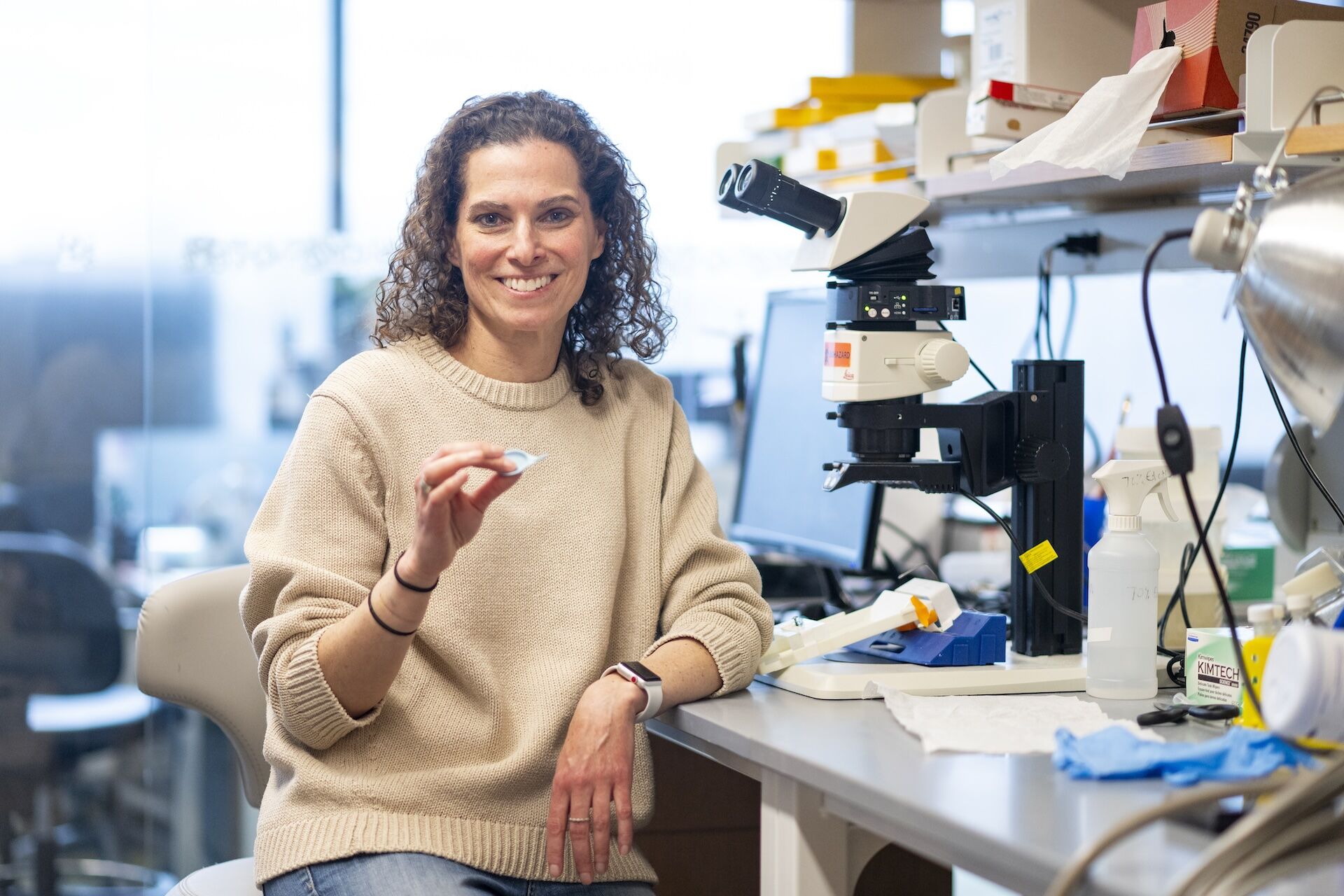When parents of her young patients expressed frustration over the number of cavities their children needed filled, Gili Naveh, an orthodontist-turned-scientist, had a light-bulb moment.
“They tried everything their pediatric dentist told them, but every time they would go for an exam, the dentist would find so many new cavities,” said Naveh, associate professor of orthodontics at the Tufts University School of Dental Medicine and of biomedical engineering at the School of Engineering, in an interview with the university. “They told me, ‘If we could just test at home and see when these early-stage cavities are starting, then we could get to the dentist on time instead of needing three to five fillings each trip.’”
After practising dentistry for about six years, Naveh went back to school to earn a PhD in structural biology, followed by a postdoctoral fellowship and an advanced degree in orthodontics. Drawing on this scientific foundation, she set out to solve the problem from its roots.
Also read: Saliva diagnostics: Pioneering the future of dentistry and medicine
Also read: Salivary Biomarkers: A New Horizon in Clinical Dentistry
pH’s role in testing for cavities
Cavities begin when the pH on a tooth’s surface falls below 5.5, triggering demineralization. Our mouths are normally neutral, around a pH of 7. Since X-rays typically detect cavities only after about 30 per cent of the tooth enamel in a given spot has been compromised, early detection is a challenge.
Naveh developed a simple, colour-changing diagnostic toothpick tool that alerts users to early-stage tooth decay by detecting acidic conditions on the tooth’s surface. Before using the toothpick device, patients eat a sugary gummy. Bacteria on the teeth metabolize the sugar and release acids. If the toothpick tip, inserted between the teeth or on suspected areas, changes from purple to yellow, it indicates the presence of acid strong enough to cause demineralization.
This will allow the dentist to target the area by eliminating the cavity-causing bacteria and applying a high-mineral paste to help the enamel solidify once again.
“It’s cheap, it’s easy to use, and it’s very visual,” Naveh said.
Her tool is now sold under the brand name CaviSense, a Tufts University startup founded to commercialize the device, with Naveh as a co-founder. The device was subsequently licensed in 2024. The toothpicks are now used in some dental practices and mobile clinics, and are available for home use through the company’s website.
Rising Innovator of the Year
In recognition of her work, Naveh was named Tufts University’s Rising Innovator of the Year in 2024. She was among 14 faculty members recognized for receiving a first U.S. patent and among 17 acknowledged for commercial optioning or licensing achievements during the 2024 fiscal year.
Naveh and her colleagues are currently developing an even simpler at-home tool that uses a fillable tray with the same colour-changing material. Users would bite into the tray to test all tooth surfaces at once. The team hopes to make the product available by mid-2025.
Also read: Is functional dentistry on the rise as mouth to body connection go mainstream?
Rise in saliva pH testing
Saliva pH testing is gaining traction as a tool to help prevent cavities in children, aligning with a broader trend toward non-invasive, saliva-based diagnostics.
Research from Poland and Romania has shown a significant correlation between low pH levels and the incidence of dental caries in children, suggesting that oral fluid testing may offer a simple, effective way to assess risk early. This approach is emerging as part of a growing global market for saliva diagnostics, which was valued at more than USD 818 million in 2024 and is expected to grow steadily through 2030. The demand is fuelled by advances in infant sample collection, the push for faster chronic disease detection, and rising public awareness around safer, more convenient testing. Companies like Thermo Fisher Scientific are supporting this shift with innovations such as the SpeciMAX Stabilized Saliva Collection Kit, launched in 2021 for secure, standardized sample handling in research settings.
Source link

